Disclosure: This article contains affiliate links. We may earn a commission from purchases at no extra cost to you, which helps our travel content.
The ocean has always been my greatest teacher, but Iceland's waters offered wisdom I never expected to find on a plate. As I navigated the 828-mile Ring Road encircling this mystical island, I discovered that Iceland's cuisine tells a story of resilience, innovation, and profound respect for the land. From the briny depths of hákarl (fermented shark) to the delicate perfection of langoustine tails bathed in seaweed butter, this volcanic wonderland challenged and transformed my palate in ways I'm still processing weeks after my return to Louisville.
Reykjavik: Where Tradition Meets Innovation
My culinary journey began in Reykjavik, where I spent two days acclimating to both the autumn chill and Iceland's distinctive flavor palette. The capital city serves as a perfect introduction to the country's food philosophy – one foot planted firmly in centuries-old traditions while the other steps boldly into Nordic culinary innovation.
At Dill, Iceland's first Michelin-starred restaurant, I experienced what can only be described as edible poetry. Chef Gunnar Karl Gíslason's tasting menu transformed humble local ingredients into sublime expressions of place. The langoustine with burnt butter and dulse seaweed particularly moved me – somehow capturing the essence of the North Atlantic in a single, perfect bite.
For breakfast, I fell in love with skyr, Iceland's protein-rich yogurt that puts Greek varieties to shame. I started each morning at Brauð & Co, where their cardamom buns and rugbrauð (traditional rye bread) became my ritual alongside cups of surprisingly excellent coffee. I even packed my insulated travel mug with their house blend before hitting the road each day.
The Old Harbor area offered more casual fare, where I sampled my first taste of the infamous hákarl at Café Loki, served traditionally with a shot of Brennivín (caraway-flavored schnapps) – both an acquired taste I'm still working on acquiring.
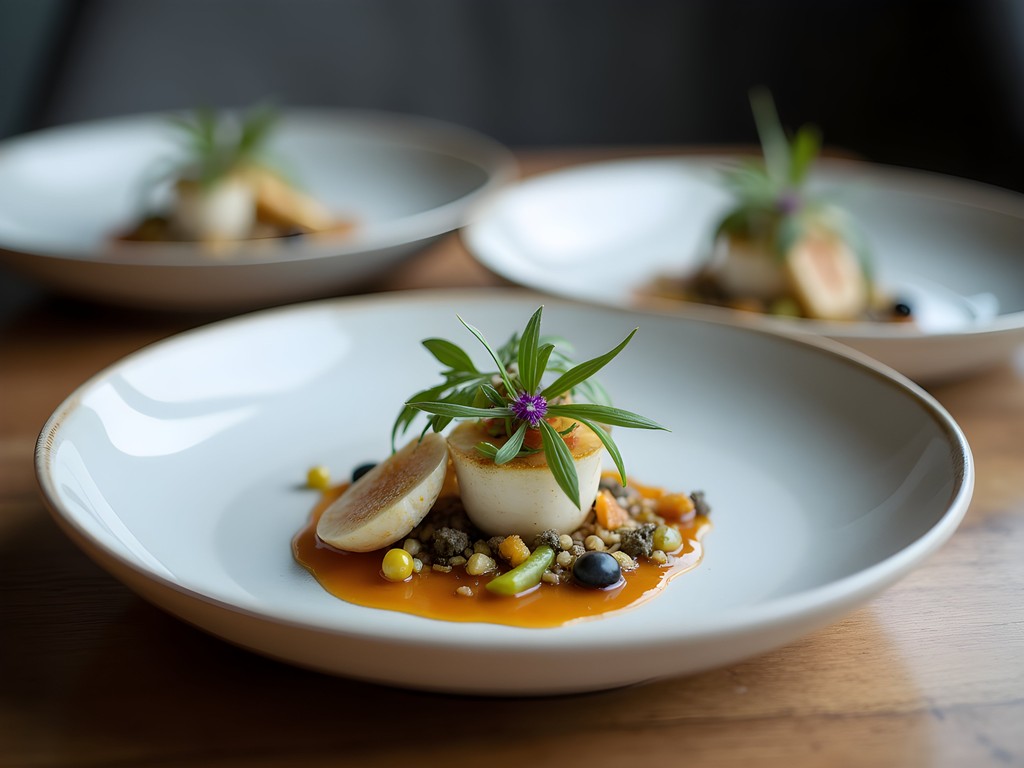
💡 Pro Tips
- Make reservations for fine dining establishments like Dill at least 3 months in advance
- Try the tasting menu with wine pairings for the full experience
- Visit Reykjavik's Kolaportið flea market on weekends to sample traditional foods from local vendors
South Coast Seafood Treasures
Leaving Reykjavik behind, I headed southeast along the Ring Road, where Iceland's dramatic coastline unfolds alongside extraordinary seafood opportunities. The fishing villages dotting this stretch offer some of the freshest catches I've experienced since my childhood in Hawaii.
In Stokkseyri, I discovered Fjöruborðið, a humble-looking restaurant that serves what locals widely consider the best langoustine soup in Iceland. The creamy bisque, rich with butter and herbs, showcases the sweetness of these delicate crustaceans harvested just offshore. I paired it with freshly baked bread and local beer while gazing out at the very waters where my meal had been swimming hours earlier.
Further east in Vík, I spent an afternoon at Smiðjan Brugghús, a craft brewery and restaurant where the Arctic char – pan-seared with a crackling skin and served with foraged herbs – paired beautifully with their house-made stout. The black sand beaches visible from my window seat created a dramatic backdrop for this memorable meal.
While driving between stops, I kept my cooler bag stocked with skyr, local cheeses, and smoked fish purchased from roadside stands – perfect for impromptu picnics overlooking waterfalls and glacier lagoons. This approach allowed me to experience Iceland's bounty even between destination meals.
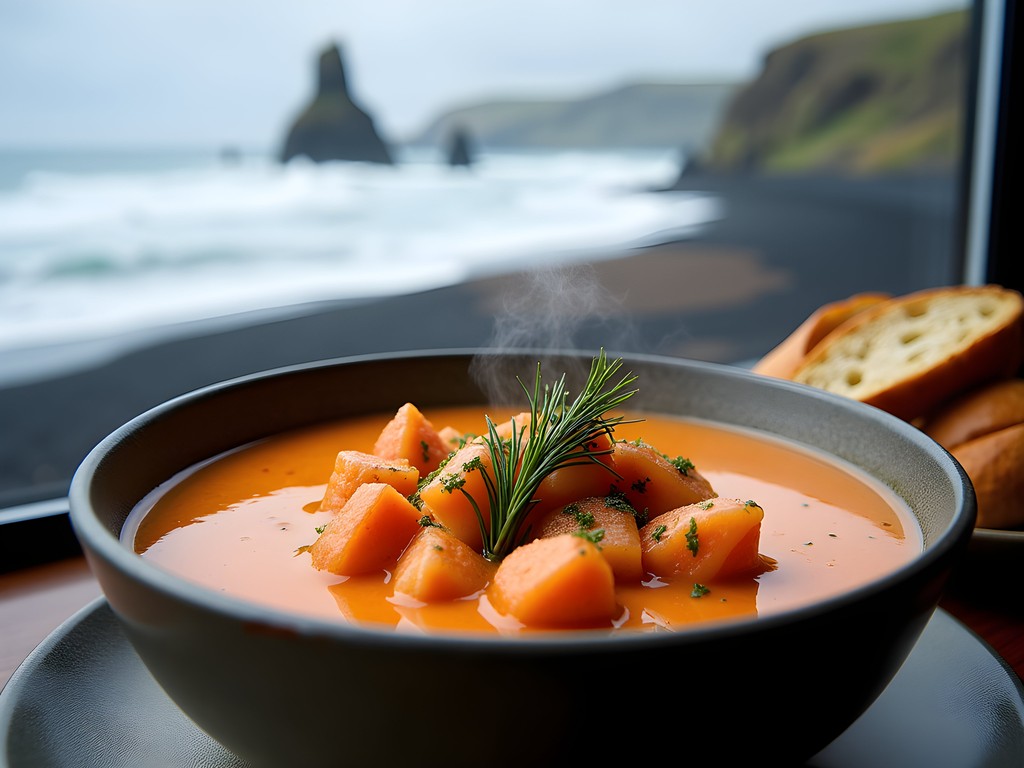
💡 Pro Tips
- Call ahead to confirm restaurant hours in smaller fishing villages, as they often change seasonally
- Ask for the catch of the day rather than sticking to menu standards
- Bring cash for roadside fish stands and small producers
Eastern Fjords: Farm-to-Table Experiences
The Eastern Fjords region offered a welcome shift from seafood to Iceland's pastoral traditions. Here, lamb reigns supreme, raised on wild herbs and grasses that impart a distinctive, almost sweet flavor to the meat.
At Klausturkaffi in Egilsstaðir, I experienced the traditional Icelandic buffet called 'Grand Kaffi' – featuring slow-roasted lamb, root vegetables, and an array of traditional side dishes. The lamb literally melted on my tongue, carrying subtle notes of wild thyme and Arctic herbs.
My most memorable meal in this region came from an unexpected source – a small guesthouse called Berunes, where the owner prepared a family-style dinner featuring her grandmother's recipes. The standout was 'kjötsúpa' (traditional meat soup) made with lamb, rutabaga, and potatoes harvested from their garden. As we dined, she explained how these recipes sustained generations through harsh Icelandic winters.
I captured these culinary moments with my mirrorless camera, which handled the moody lighting of Icelandic interiors beautifully. The evening light in fall creates a photographer's dream – soft, golden illumination that makes even simple dishes look extraordinary.
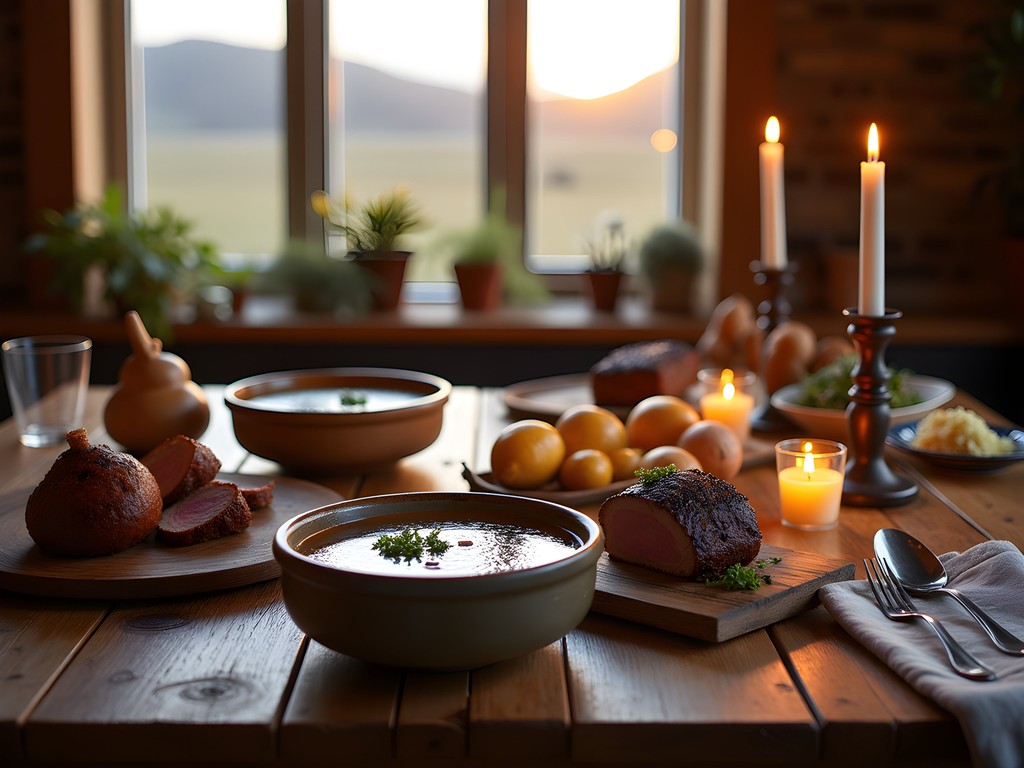
💡 Pro Tips
- Book farm stays that include dinner with the hosts for the most authentic food experiences
- Try different variations of kjötsúpa (meat soup) as you travel – each family has their own recipe
- Look for restaurants displaying 'Icelandic Lamb' certification for the highest quality local meat
North Iceland: Geothermal Cooking & Rye Bread Experiences
The northern stretch of the Ring Road introduced me to one of Iceland's most fascinating culinary traditions – geothermal cooking. In the Lake Mývatn area, locals have perfected the art of harnessing the earth's natural heat for food preparation.
At Vogafjós Farm Resort, I participated in a geothermal baking workshop where we prepared 'hverabrauð' (hot spring bread) by burying dough containers in the steaming ground. Twenty-four hours later, we unearthed perfectly baked, slightly sweet rye bread with a texture unlike anything I've experienced. Served warm with cultured butter and thin slices of smoked Arctic char, it was a revelation.
My yoga practice took on new meaning at the Mývatn Nature Baths, where I rolled out my travel yoga mat for a sunrise session before soaking in the mineral-rich waters. The geothermal energy that cooked our bread also warmed my body as I moved through asanas with steam rising around me – a perfect harmony of nourishment and movement.
In Akureyri, Iceland's northern capital, I discovered Rub23, where innovative sushi rolls incorporate local ingredients like Arctic char and Icelandic wasabi. The chef's creative 'rub' spice blends – applied to everything from seared scallops to lamb – showcase how global techniques can highlight local flavors rather than mask them.
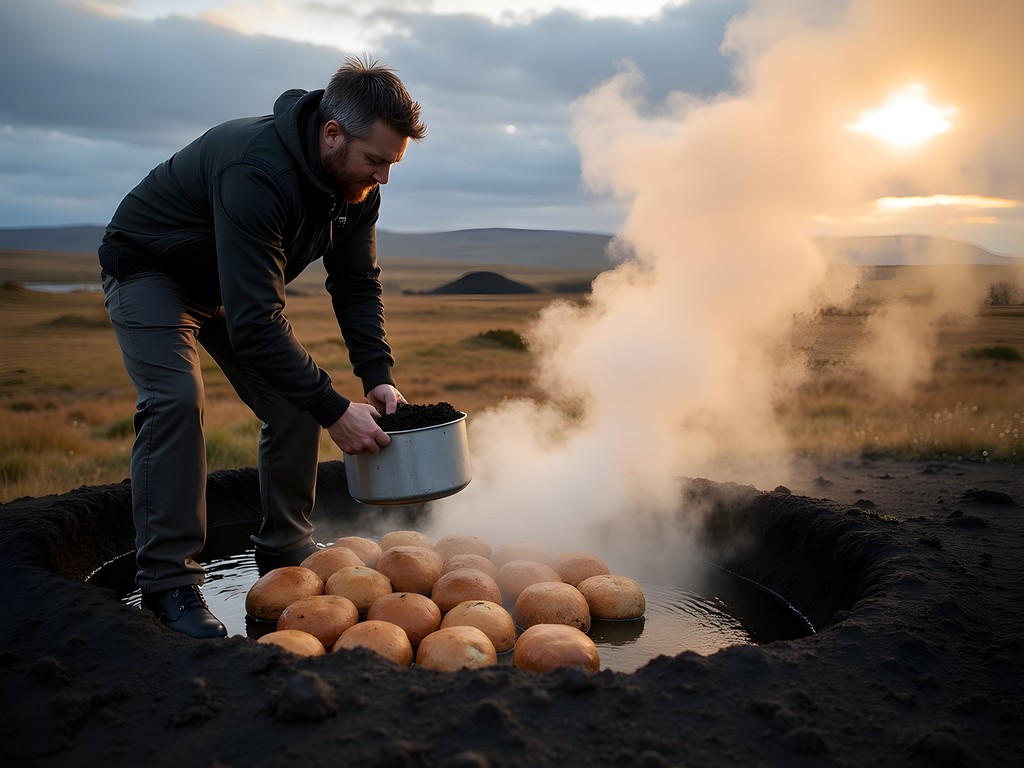
💡 Pro Tips
- Reserve geothermal cooking experiences at least a week in advance
- Bring containers to take away some geothermal bread – it keeps well and makes a perfect road trip snack
- Try the local beer in Akureyri, which uses water filtered through ancient lava fields
West Iceland: Foraging and the Future of Nordic Cuisine
The final stretch of my Ring Road journey took me through West Iceland, where the future of Nordic cuisine is being written by innovative chefs deeply connected to the land's bounty. This region epitomizes the concept of 'malama' that I carry from my Hawaiian heritage – caring for the land that in turn nourishes us.
In Borgarnes, I joined a guided foraging expedition with a local chef who showed me how to identify edible seaweeds, Arctic herbs, and berries. We collected dulse, angelica, and wild blueberries, which later became components of our multi-course dinner at Englendingavík restaurant. The experience transformed my understanding of terroir – these ingredients literally captured the essence of Iceland's volcanic soil and pure waters.
At Hotel Húsafell, I experienced the epitome of modern Icelandic cuisine at their restaurant, where Chef Steinn Óskar crafts elegant dishes highlighting foraged ingredients and sustainable proteins. His reindeer tartare with crowberry sauce and fermented mushrooms was a masterclass in balancing bold flavors with delicate technique.
For my final evening, I treated myself to dinner at Bjargarsteinn Mathús in Grundarfjörður, timing my reservation to coincide with sunset over Kirkjufell mountain. As I savored butter-poached cod with coastal herbs and barley risotto, the sky erupted in pink and gold – a fitting farewell feast before completing my circuit back to Reykjavik.
To capture these extraordinary landscapes and plated masterpieces, I relied on my camera lens, which proved versatile enough to handle both sweeping vistas and intimate food photography throughout my journey.
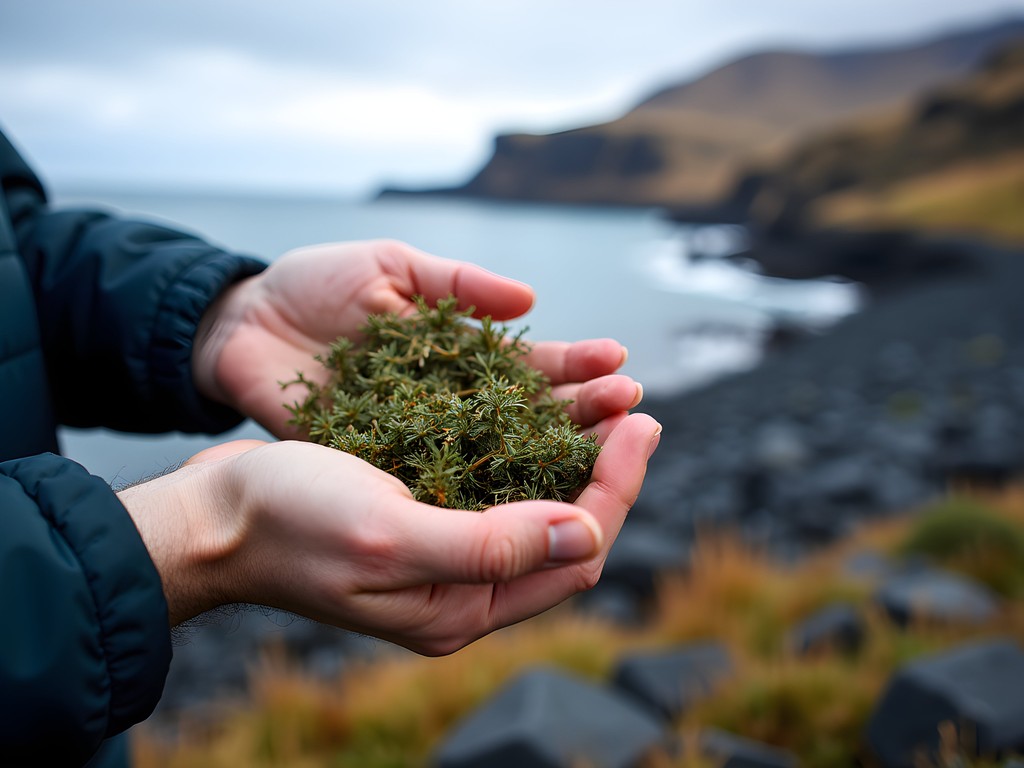
💡 Pro Tips
- Book specialized food tours and foraging experiences well in advance, especially in fall when wild berries are abundant
- Ask chefs about the story behind unusual ingredients – many are happy to explain their foraging and preservation techniques
- Consider splurging on at least one high-end dining experience in the countryside, where chefs often have more intimate connections with local producers
Final Thoughts
As I completed the Ring Road circuit and returned to Reykjavik, I realized that Iceland's cuisine had offered me far more than sustenance – it provided a profound education in resilience, creativity, and deep respect for place. The traditional fermentation techniques that once helped Icelanders survive harsh winters now inspire innovative chefs creating world-class cuisine. The simple act of baking bread in geothermal soil connects modern diners to ancient wisdom about working with nature rather than against it.
Like the Hawaiian concept of malama that shaped my childhood, Iceland's food culture demonstrates that luxury isn't about excess – it's about honoring exceptional ingredients through thoughtful preparation and genuine connection. Whether you're savoring a Michelin-starred creation in Reykjavik or homemade kjötsúpa in a remote farmhouse, the true indulgence lies in experiencing flavors that couldn't exist anywhere else on earth.
As you plan your own Ring Road culinary adventure, I encourage you to approach each meal with openness and curiosity. Say yes to the fermented shark, the seaweed butter, and the moss-infused spirits. Let Iceland's flavors challenge and transform you. After all, the most meaningful luxury travel experiences don't just change our palates – they shift our perspectives.
✨ Key Takeaways
- Reserve fine dining experiences months in advance, especially in Reykjavik and smaller towns
- Balance restaurant meals with roadside stands and farmers markets for a complete picture of Icelandic cuisine
- Don't miss geothermal cooking experiences in the north – they connect food to Iceland's unique landscape
📋 Practical Information
Best Time to Visit
September-October (fall)
Budget Estimate
$400-600 per day including luxury accommodations, fine dining, and specialized food experiences
Recommended Duration
7-10 days
Difficulty Level
Intermediate



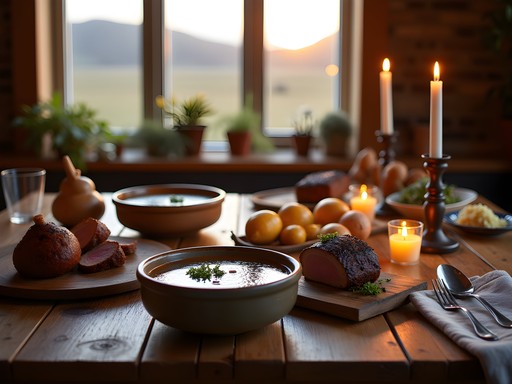
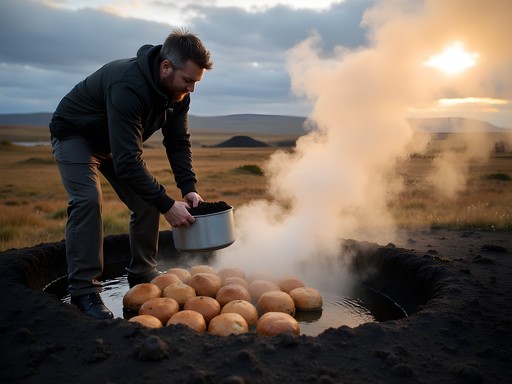






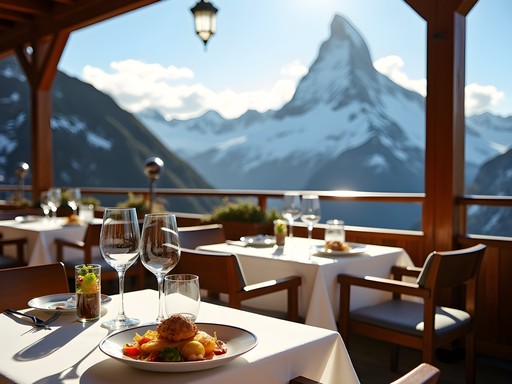
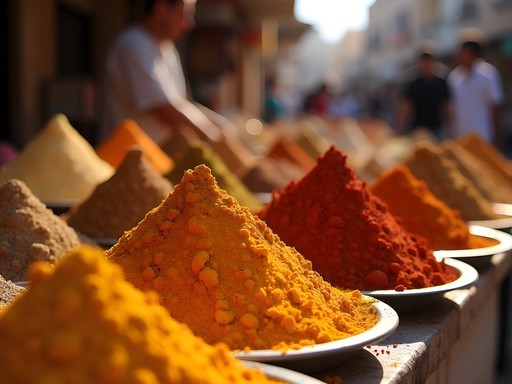
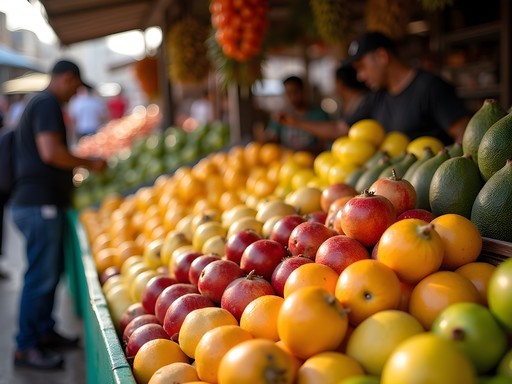
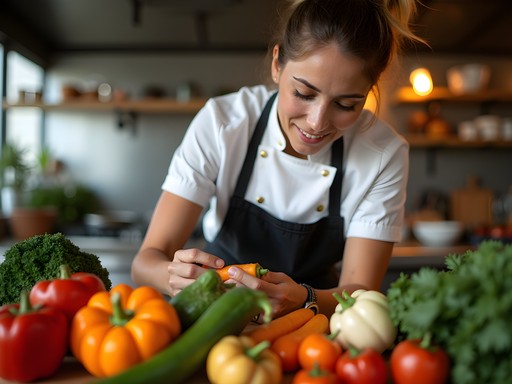
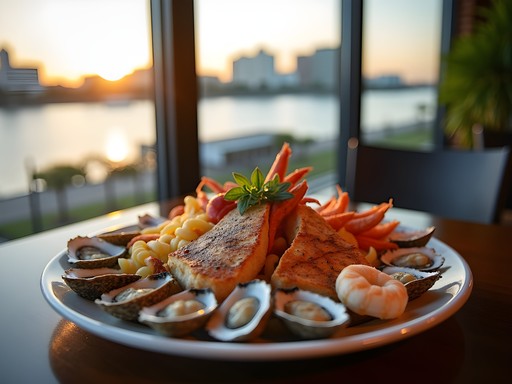
Comments
Haley Hamilton
Stephanie, your post brought back so many delicious memories! I backpacked the Ring Road last year and found myself planning my days around food stops. The langoustine in Höfn was life-changing, and I'm still trying to recreate that caramelized whey butter I had at Friðheimar tomato greenhouse restaurant. One hidden gem I discovered was a tiny farm guesthouse near Mývatn where the owner made traditional skyr from her own cows and served it with wild berries they foraged. I tracked my whole journey with notes in my travel food journal which helped me recreate some dishes back home. For anyone going: don't skip the hot dog stands! Icelandic hot dogs are weirdly amazing with their crispy onions and remoulade sauce. And save room for kleinur (twisted donuts) with coffee at roadside bakeries!
hikingwalker2327
OMG yes the hot dogs!!! I thought it was weird that everyone recommended them but they really are something special!
Haley Hamilton
Right? I think it's the lamb that makes them different. I had one at the famous Bæjarins Beztu Pylsur stand in Reykjavik where apparently Bill Clinton once ate. Tourist trap? Maybe. Delicious? Absolutely!
hikingwalker2327
OMG the rye bread baked in the geothermal hot springs is AMAZING!! We just got back from Iceland last month and I'm still dreaming about it with butter! Did you try the ice cream places? Icelanders are obsessed with ice cream even when it's freezing outside!
mountainperson
Ice cream in the cold? That sounds like my kind of weird! Any specific places you'd recommend?
hikingwalker2327
Valdís in Reykjavik is incredible! And there's this place called Brynja in Akureyri that locals line up for even in snowstorms! The licorice flavor is super popular there but might be an acquired taste lol
mountainperson
Great post! I'm planning my Ring Road trip for next summer and I'm curious - did you have any recommendations for food stops between Vik and Höfn? That stretch seems long without good options.
Stephanie Gardner
Thanks for reading! You're right, that stretch can be sparse. There's a lovely family-run café in Kirkjubæjarklaustur called Systrakaffi with amazing homemade soups and bread. Also, don't miss the lobster rolls at Hafnarbúðin in Höfn when you arrive - absolutely worth the wait!
mountainperson
Perfect, thanks! Adding those to my list. Did you try hákarl (fermented shark) anywhere? Not sure if I'm brave enough!
Stephanie Gardner
I did try hákarl at a food festival in Reykjavik! It's... an experience. Very ammonia-heavy. If you're curious but hesitant, the Icelandic Tapas restaurants usually offer small portions as part of a tasting flight with brennivín (caraway schnapps) to wash it down!
moonmood
That shot of the rye bread being dug up from the black sand is absolutely stunning! Your photography really captures the magic of Iceland's food traditions!
wintermate
Heading to Iceland in October! How expensive was food along the Ring Road? I've heard it can break the bank.
Stephanie Gardner
It's definitely not cheap! I saved by hitting grocery stores (Bonus is the budget-friendly chain) for breakfast and some lunches. For dinners, many guesthouses have kitchens - buying local fish and cooking it yourself is both economical and delicious. But do budget for a few special meals - the langoustine in Höfn and at least one great restaurant in Reykjavik are worth the splurge!
wintermate
Thanks for the tips! Will definitely check out Bonus and treat ourselves to langoustine in Höfn!
AdventureCouple
If you're doing the Ring Road for the food, don't miss the ice cream shops! Icelanders are obsessed with ice cream even in winter, and every little town seems to have their own special dairy bar. We had the best licorice ice cream in Akureyri!
beachking
Licorice ice cream?? Is that actually good? Not sure I'm brave enough for that AND the fermented shark 😅
AdventureCouple
It's surprisingly delicious! Nothing like the black licorice we have in the States. Much more subtle and creamy!
NordicExplorer
Great post! Did you find vegetarian options easily available along the Ring Road? Planning my trip for next summer!
Stephanie Gardner
Reykjavik has tons of vegetarian options! The Ring Road gets trickier in smaller towns, but most restaurants had at least one vegetarian dish. The farm-to-table places in the east had amazing fresh vegetables. Just plan ahead in the more remote areas!
IcelandFan2025
Those photos of the rye bread coming out of the ground are incredible! Can't wait to try this.
Hunter Thompson
Brilliant post! Just finished the Ring Road myself last month and the food scene blew me away. For anyone planning a trip, don't miss Friðheimar in the Golden Circle where they grow tomatoes in geothermal-heated greenhouses and serve the most incredible tomato soup. Also, the seafood restaurant Messinn in Reykjavik does this pan-fried Arctic char that's life-changing. One tip: book restaurants in advance, especially in smaller towns - places fill up quick with all the Ring Road travelers!
wandervibes
Messinn was amazing! That Arctic char is still in my dreams.
Gregory Boyd
Fantastic culinary overview of the Ring Road, Stephanie. Your section on the geothermal cooking in North Iceland particularly resonated with me. During my visit last year, I spent time at Námaskarð where the sulfuric landscapes create such a stark contrast to the delicate flavors of the geothermally cooked foods. I'd recommend travelers plan at least 10-12 days for the full Ring Road if they want to properly experience the regional cuisine differences. The langoustine in Höfn was another highlight worth mentioning - possibly the best shellfish I've ever tasted. Did you use Iceland Ring Road Guide for planning your culinary stops? I found it particularly helpful for finding those off-the-beaten-path food experiences.
Stephanie Gardner
Thanks Gregory! You're absolutely right about the langoustine in Höfn - I can't believe I didn't emphasize that more in my post. And yes, 10-12 days is the sweet spot for really experiencing everything without rushing. I actually relied more on local recommendations for my food stops, but had a few guidebooks for general navigation.
TravelFoodie92
The langoustine in Höfn is legendary! Had it twice when we visited last summer.
Venture X
Premium card with 2X miles, $300 travel credit, Priority Pass